There’s no single “right” way to promote your business. Every business is unique in some way, and so are potential audiences. While you can’t ever reach everyone, the right combination of marketing collateral can help you reach as many people as possible. After all, everyone resonates with different types of marketing for different reasons.
Whether your business is brand new or old enough to drive, further expansion of your marketing collateral knowledge can help you grow your business and show the world just how great your products and services are.
What is marketing collateral?
Marketing collateral is anything containing your branding or messaging that serves to expand your brand footprint and guide customers through the funnel.
Marketing collateral can include everything from business cards to landing pages to blog posts and beyond. Those branded shirts or totes you picked up at a convention? Marketing collateral. Candy with a company sticker slapped on the front? Collateral.
It’s worth noting that marketing collateral can exist for different reasons and to fulfill different objectives.
For instance, some marketing collateral is created with the intention of general brand awareness. Other marketing collateral is made to help drive leads for a specific campaign or boost awareness of a new product. Understanding the funnel and where you need the most attention is key to making marketing collateral that hits the right notes.
📚 Free guide >> 6 Simple Steps to a Complete Small Business Marketing Plan (+Template!)
12 marketing collateral examples to follow
Your brand should be unique, and it likely is in a number of ways. But that doesn’t mean you can’t use tried-and-true marketing collateral types as inspiration. Just remember to make them your own.
Blog posts
Blog posts are valuable types of marketing collateral that allow you to educate your audience and boost your SEO with organic keyword-rich content.
You’ll want to create blog posts around topics that are relevant to both your business and your audience. For example, if you’re a landscaping business, you could create blog posts around spring lawn care tips, current landscaping trends, and how to keep your grass green in the summer.
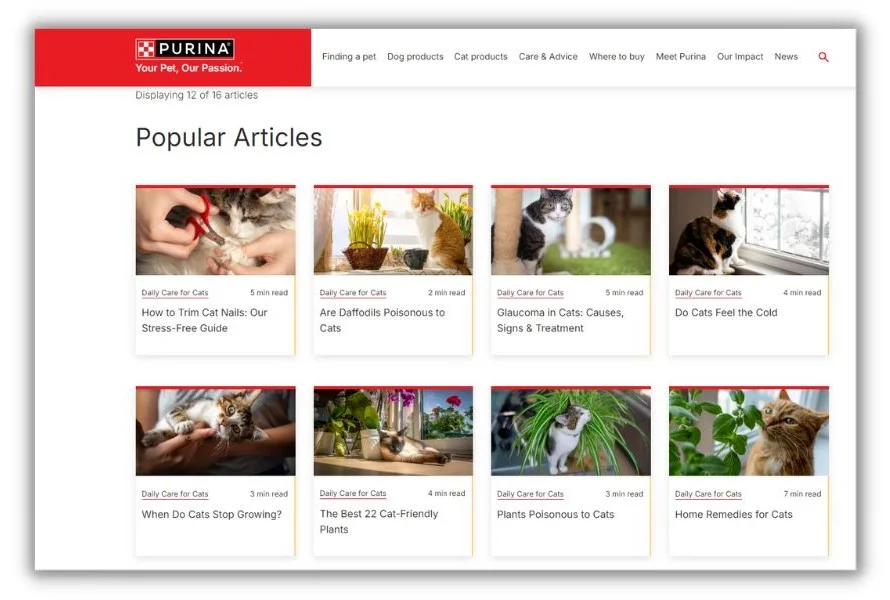
To get started, use these content marketing ideas and our tips on how to write a blog post. And consider using AI to help inspire your creativity.
👀 Free guide >> 20 Ways to Make Your Website More Visible on Google
Landing pages
Landing pages are any kind of page built on your site with a specific purpose.
For example, you can build a landing page that’s tied to a campaign and focused on driving leads, promoting a specific ebook or other piece of collateral, and so on.
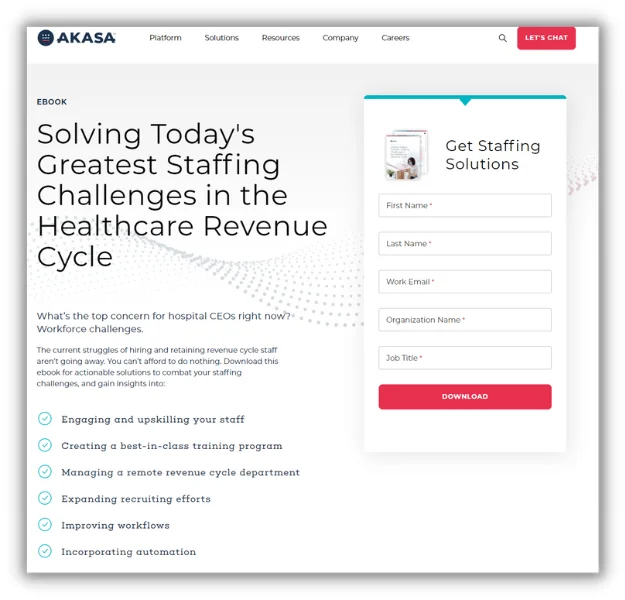
The above example is a landing page built specifically for an ebook, differentiating it from other pages found on AKASA’s site. When visitors are directed to this landing page, the primary focus is clear: learn about and download the ebook.
You can also build a landing page for a certain product or service package. With this page, you can then offer supplemental marketing collateral, like related blogs or resources that further educate the visitor and guide them down the funnel.
Customer testimonials
Customer testimonials are typically videos or written statements in which a customer sings praises of your company.
Customer testimonials can be effective marketing collateral on their own, as you can share them on your site and across social media. They’re also powerful additions to other pieces of marketing collateral.
For example, if you’re creating a one-pager on a certain product, including a snippet of a testimonial regarding that product is a powerful way to build trust with the prospect viewing the sheet.

Ebooks
Ebooks are a type of long-form content that’s typically focused on a particular product or subject relevant to your offerings. Ebooks are usually longer than blogs and contain more visuals. Think of them as a higher production performance of a play.
Ebooks are a versatile form of marketing collateral, as you can use them at virtually any stage of the customer journey or funnel. And, once you’ve created an ebook, you can use it in future campaigns and other pieces of collateral.
For example, if you’re launching a new campaign on a certain topic and already have an ebook that relates, you can include it in landing pages or email efforts as a nice value add for prospects.
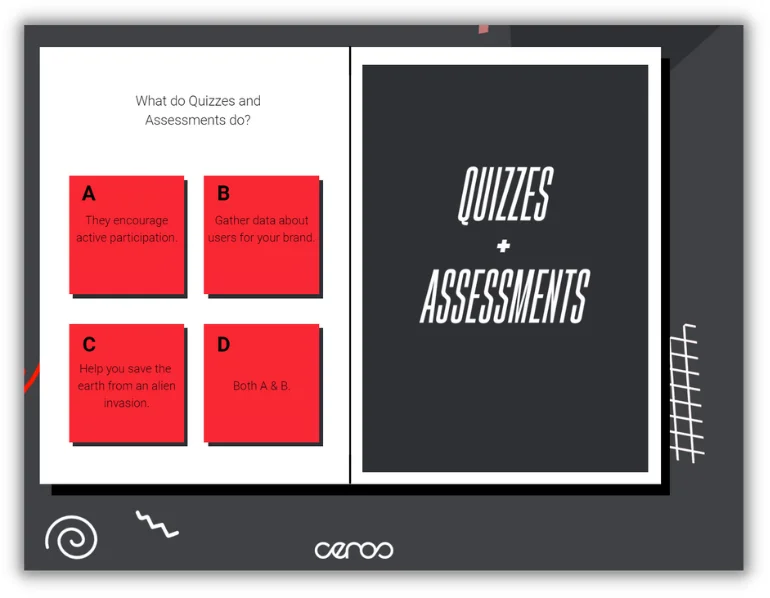
The above ebook, by Ceros, epitomizes what an ebook can be and do. The ebook is a guide on interactive marketing and is not only visually appealing and informative but also interactive.
Whitepapers
Whitepapers are in-depth pieces on a specific topic, usually backed by extensive research. Whitepapers aren’t usually as sales-oriented as ebooks, but are instead useful at establishing your brand as authoritative and trustworthy.

The above white paper from FormAssembly is a great example, as it’s rich in data but also not your usual download format.
White papers are also useful in other forms of collateral and campaigns.
For example, you can create social media collateral that promotes your new white paper, allowing you to further your audience reach and establish your brand’s authority in a certain area.
Webinars
Webinars are online teaching sessions that allow attendees to sign up and learn something from your brand.
Notion regularly hosts webinars and live sessions, during which they cover topics relevant to their audience and open the floor for questions.
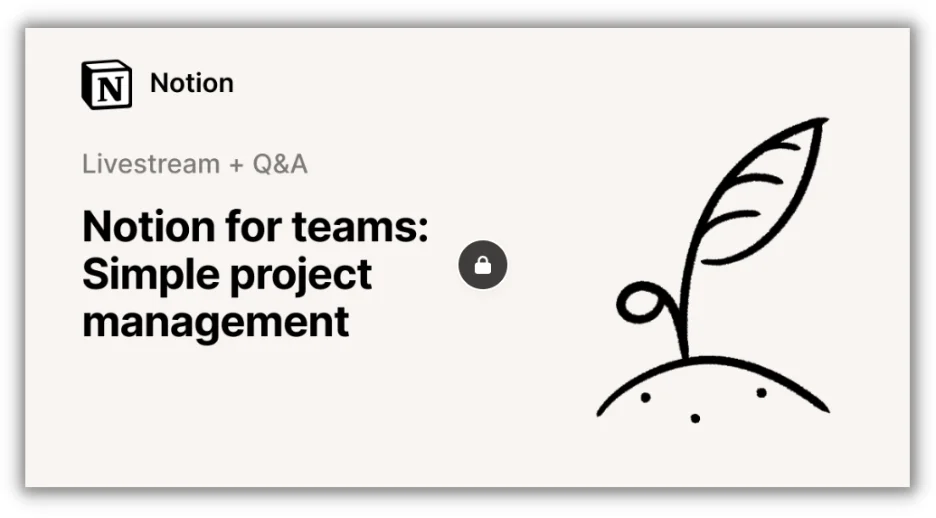
Webinars should include at least one person from your company, but can also include one or more speakers from other companies. Including speakers from outside your company is a great networking opportunity and opens the door to promoting your company on other channels.
Not only are webinars great marketing collateral, but they’re also prime for repurposing. Make sure your webinars are recorded. From there, you can slice and dice the transcript into blog content, social posts, and more.
Flyers
Flyers may look old-fashioned next to a lot of the digital offerings mentioned here but don’t turn your nose up at them yet. If your business relies on a local customer base, or you’re planning on hosting a local event, printed flyers are a great way to generate interest.
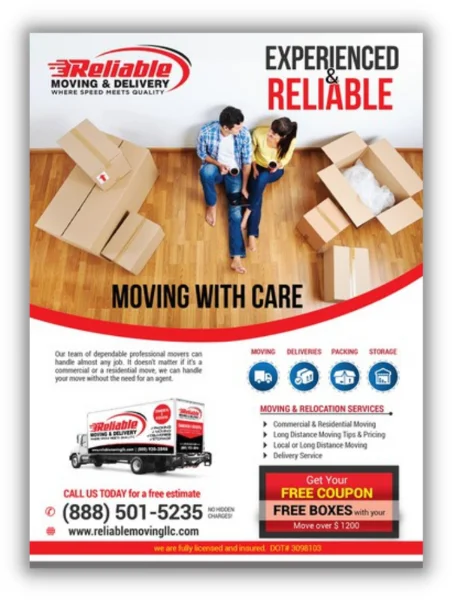
Once your flyer is designed and ready for print, promote the digital copy of the flyer on your usual channels as well. Be sure to share the flyer in any local social groups, especially if you’re promoting an event or local sale.
Business cards
Much like flyers, business cards may feel outdated. But, business cards are a cheap and useful piece of collateral to keep on hand.
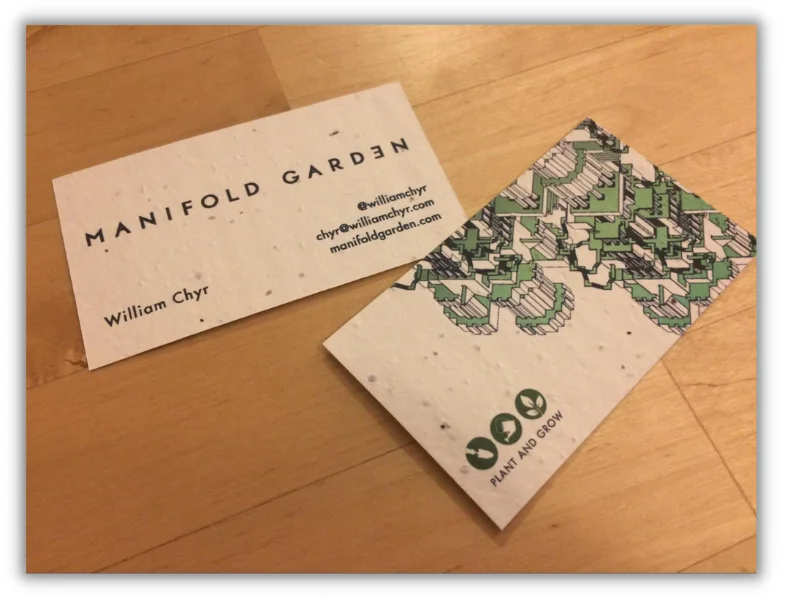
Design a business card that features your company logo as well as essential contact info. Make sure your business card fits with your other brand elements, with your standard colors and style, too.
Always have a few of your business cards with you, as you never know who you might run into. Business cards are also a cheap way to spread awareness when you’re at any kind of convention or event.
Emails
Even if your business is brand new, you will eventually find yourself sending countless emails that are eerily similar. Branded email templates allow you to speed up the email creation process while keeping your branding consistent.
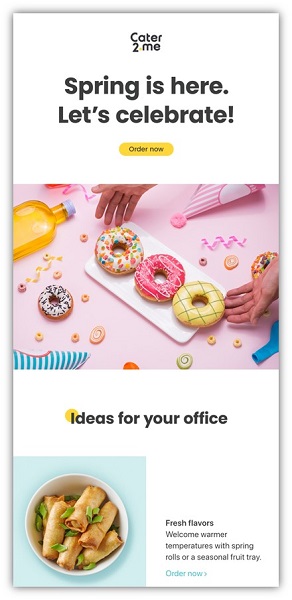
Create email templates for the essentials—order confirmations, newsletters, support, general use, and so on. As time goes by, take note of other frequent emails that arise and make templates for those as well, as this will once again save you time and keep your branding consistent.
📫 Get ready-to-customize emails in our free guide >> The Complete Email Marketing Toolkit: Free Email Templates, Subject Lines & Tips
Infographics
Infographics are not only flashy marketing collateral, but also a great way to convey a ton of information quickly.
Infographics are useful for generating awareness around a certain topic or pain point and are incredibly versatile. You can include infographics in relevant blog posts, share them on social media, promote them in emails, and even slice them up into smaller graphics for other posts.
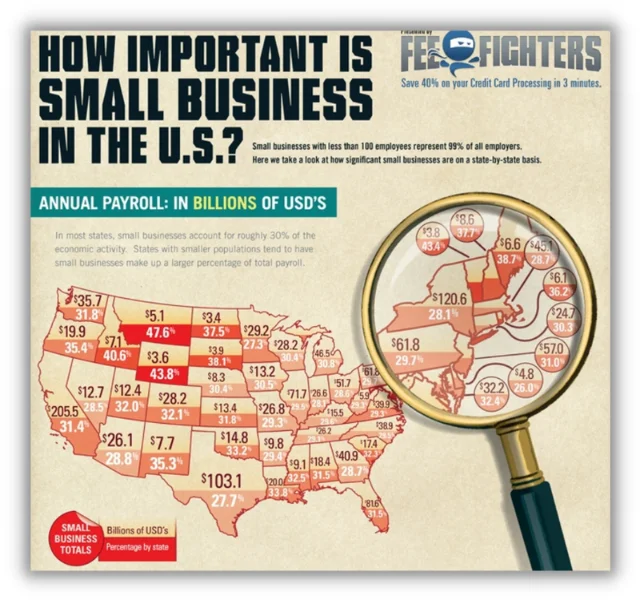
When creating an infographic, focus on sharing new or surprising information. Infographics take time and design resources, so the last thing you want to do is make an infographic that does nothing new and simply gets ignored. Remember to keep infographics skimmable, light on text, and engaging.
Case studies
Case studies are a great way to put one of your customers in the spotlight and show prospects how you can make a real-world difference in their company.
While case studies themselves are powerful collateral, they’re also excellent fodder for campaigns. Promote case studies in emails, make them the focus of landing pages, etc.
When creating a case study, ideally you want a customer success story with hard metrics of success. It’s also a good idea to have a mixture of case studies, some showcasing a common issue you solved, and others highlighting a unique issue that required a tailored approach.
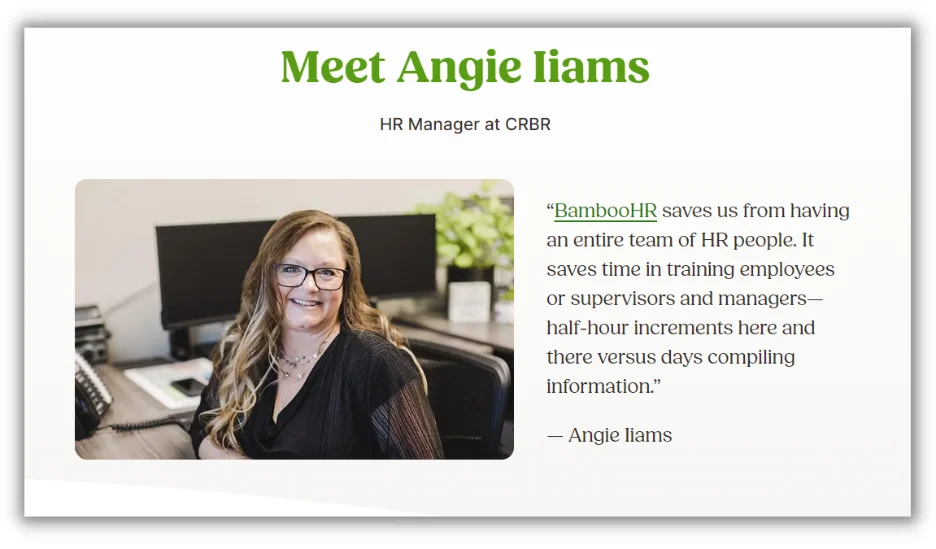
The above case study, from BambooHR, is a great example, as it’s skimmable, has a quote at the top, and then dives deep for those who want tons of details.
Newsletters
Email newsletters offer a consistent way to keep current customers engaged with your brands, and potential customers informed.
In your newsletter, you should offer a variety of content:
- Showcase new product or service developments
- Highlight new blog content
- Feature customer successes, if they’re open to it
- Give subscribers exclusive discounts or notice of upcoming sales
A newsletter can become a time suck if you let it. Don’t over-promise and come out of the gate with a weekly or monthly newsletter if you don’t have the resources for it. Instead, choose a cadence you can stick to. An added perk, a less frequent cadence will help you avoid burning your customers out.
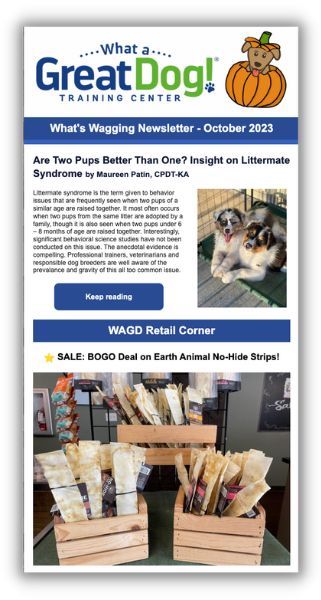
The What a Great Dog newsletter does a great job featuring a helpful article, includes fun images, and calls out promotions.
All collateral, no damage
With the right marketing collateral and a little know-how, you can reach diverse audiences and figure out your recipes for repeat success. And, you can have a lot of fun while doing it. Be creative, take risks, and listen to your audience.
Here are the best types of marketing collateral:
- Blog posts
- Landing pages
- Customer testimonials
- Ebooks
- Whitepapers
- Webinars
- Flyers
- Business cards
- Emails
- Infographics
- Case studies
- Newsletters






